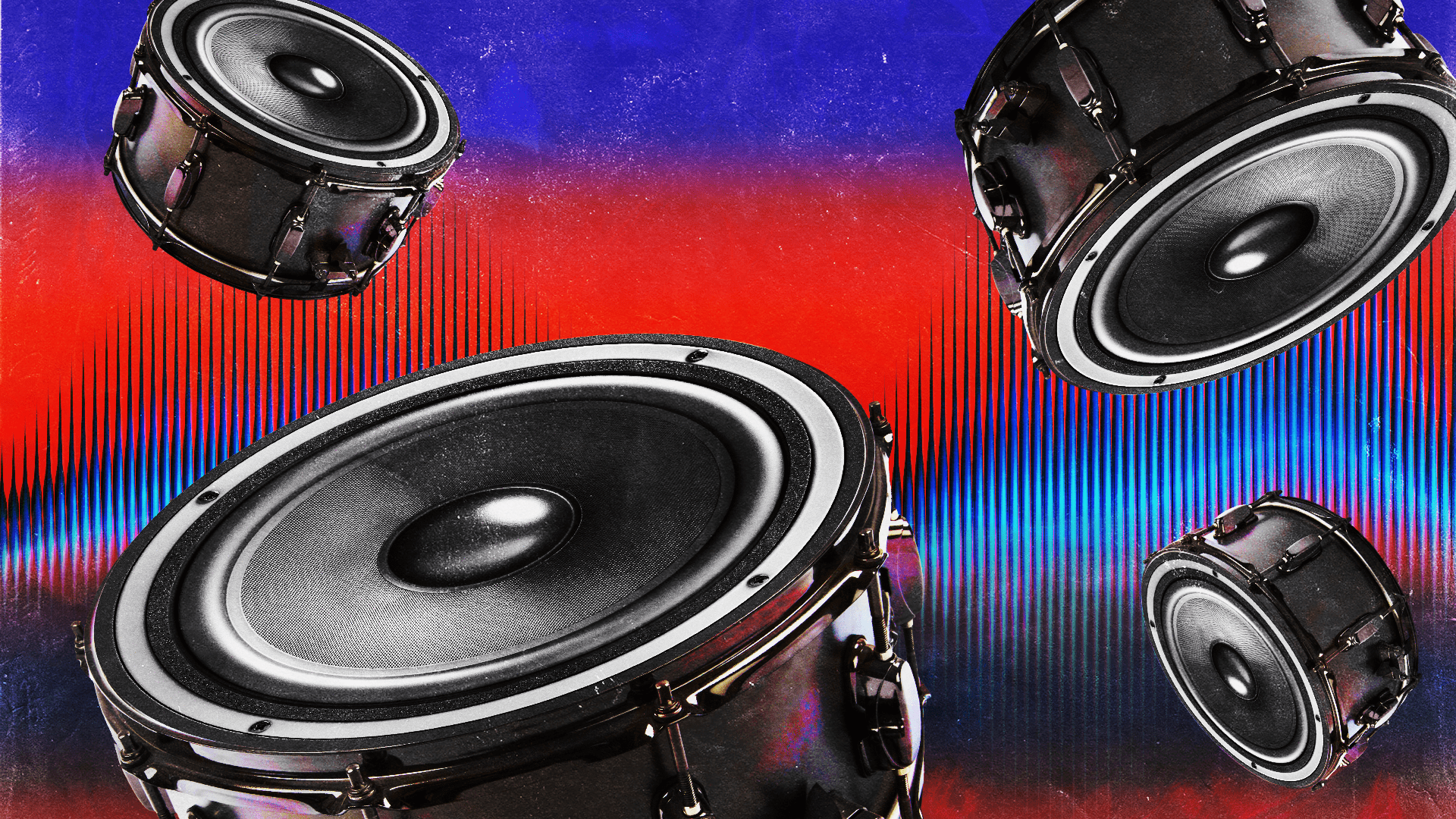
Acoustic Treatment: How to Get a Better Sounding Room
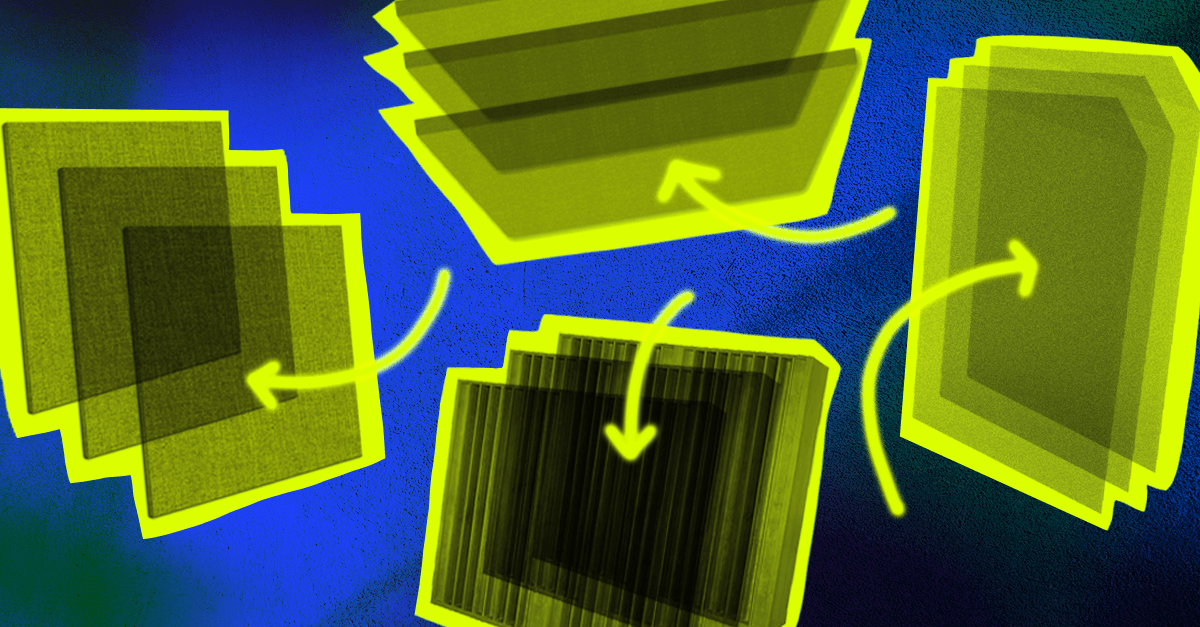
Acoustic treatment is one of the most misunderstood parts of building a home studio.
It’s the special touch that turns an ordinary room into a proper recording environment.
But getting started with acoustic treatment is intimidating, especially for the average producer. After all, pro studios spend thousands improving the acoustics of the spaces where they record.
The surprising reality is that acoustic treatment is something anyone can take advantage of in a home studio.
In this article I’ll go through everything you need to know about acoustic treatment.
What is acoustic treatment?
Acoustic treatment is the process of improving the acoustic properties of a room for recording or mixing music. The goal of acoustic treatment is to make your environment sound more neutral and sonically pleasing with controlled ambience and predictable qualities for recording. Acoustic treatment is done by mounting absorption or diffusion devices in areas where problematic reflections occur.
Absorption and Diffusion
There are two approaches to dealing with problematic acoustics.
The first is to prevent unwanted frequencies from reflecting back into the recording or mixing environment. This method is called absorption.
Acoustic absorbers are made from material that stops sound energy from bouncing off hard surfaces like walls and ceilings.
Acoustic absorbers are made from material that stops sound energy from bouncing off hard surfaces like walls and ceilings.
These “trapped” reflections no longer interfere with direct sound from the source. That makes a big improvement to the sound quality of your space—and your recordings.
Diffusion is the other approach to acoustic treatment. Diffusion works by scattering problematic reflections in different directions. This reduces their negative effect.
Acoustic diffusers are made of rigid materials arranged in patterns of varying height, size, or surface direction.
In most cases, a combination of both approaches is necessary for effective acoustic treatment.
How to acoustically treat your room
Unfortunately, there’s no one size fits all solution for acoustic treatment.
Each room is unique, with different problem areas. But if you’re just getting started with acoustic treatment there are some basic recommendations that can make a big improvement.
To treat your room for recording or mixing you’ll need to use the following types of acoustic treatment:
- Bass traps—for low frequencies
- Acoustic panels—for broadband absorption
- Diffusers—for late reflections.
I’ll go through each one and explain how they contribute to proper acoustic treatment.
What are bass traps?
Bass traps are acoustic absorbers built to prevent problematic reflections from low frequencies. This type of acoustic treatment requires extra mass and absorptive properties to deal with low frequencies effectively.
They’re shaped like triangular prisms and placed in the corners of the room where bass frequencies build up.
To be effective at low frequencies, bass traps must be filled entirely with absorptive material.
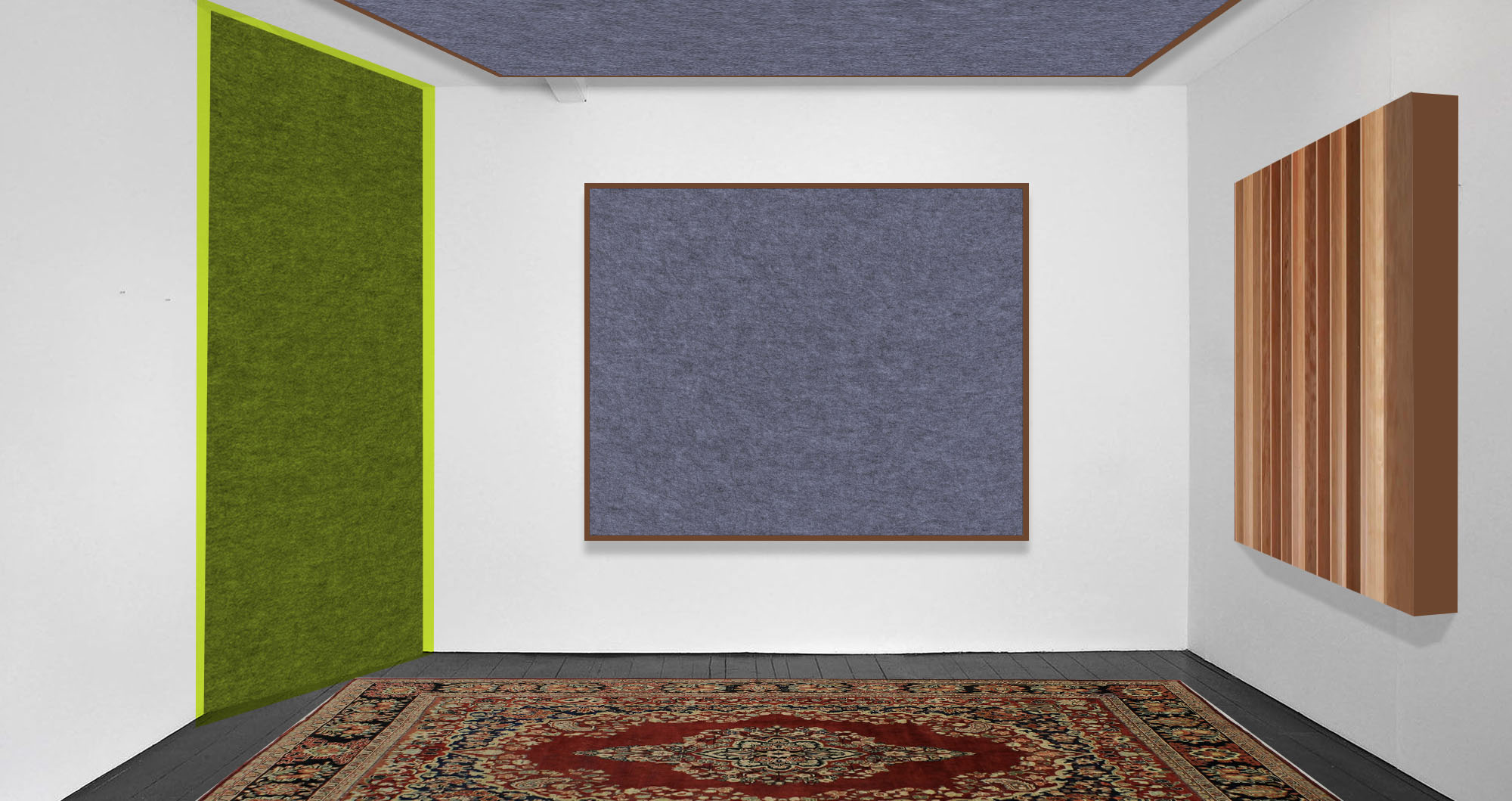
Controlling your room’s bass properly is crucial. Low end energy can be extra problematic for recording and mixing environments—especially in small spaces.
The lower the frequency, the longer a sound’s wavelength. For example, one cycle of a 60 Hz sine wave is nearly 19 feet!
The lower the frequency, the longer a sound’s wavelength. For example, one cycle of a 60 Hz sine wave is nearly 19 feet!
Room reflections blend with the direct signal and cause destructive interference even before a full cycle of the wave has been completed.
With nearly the entire energy of the sound wave fighting against itself, your bass will disappear in critical areas and build-up in others.
As you process your tracks, you’ll attempt to compensate by boosting the low end in your mix. Then, Your final product will be far too bassy when you listen anywhere outside of your bad mix room.
Bass traps are an effective solution to these issues.
There are commercial companies that offer premium pre-built bass traps, but it’s also completely possible to build your own.
In fact, all the types of acoustic treatment in this article are surprisingly accessible if you’re willing to DIY.
What are acoustic panels?
Acoustic panels are absorbing devices that work for a broad frequency range of sound energy. Bass traps handle the lowest frequencies and acoustic panels take care of the rest.
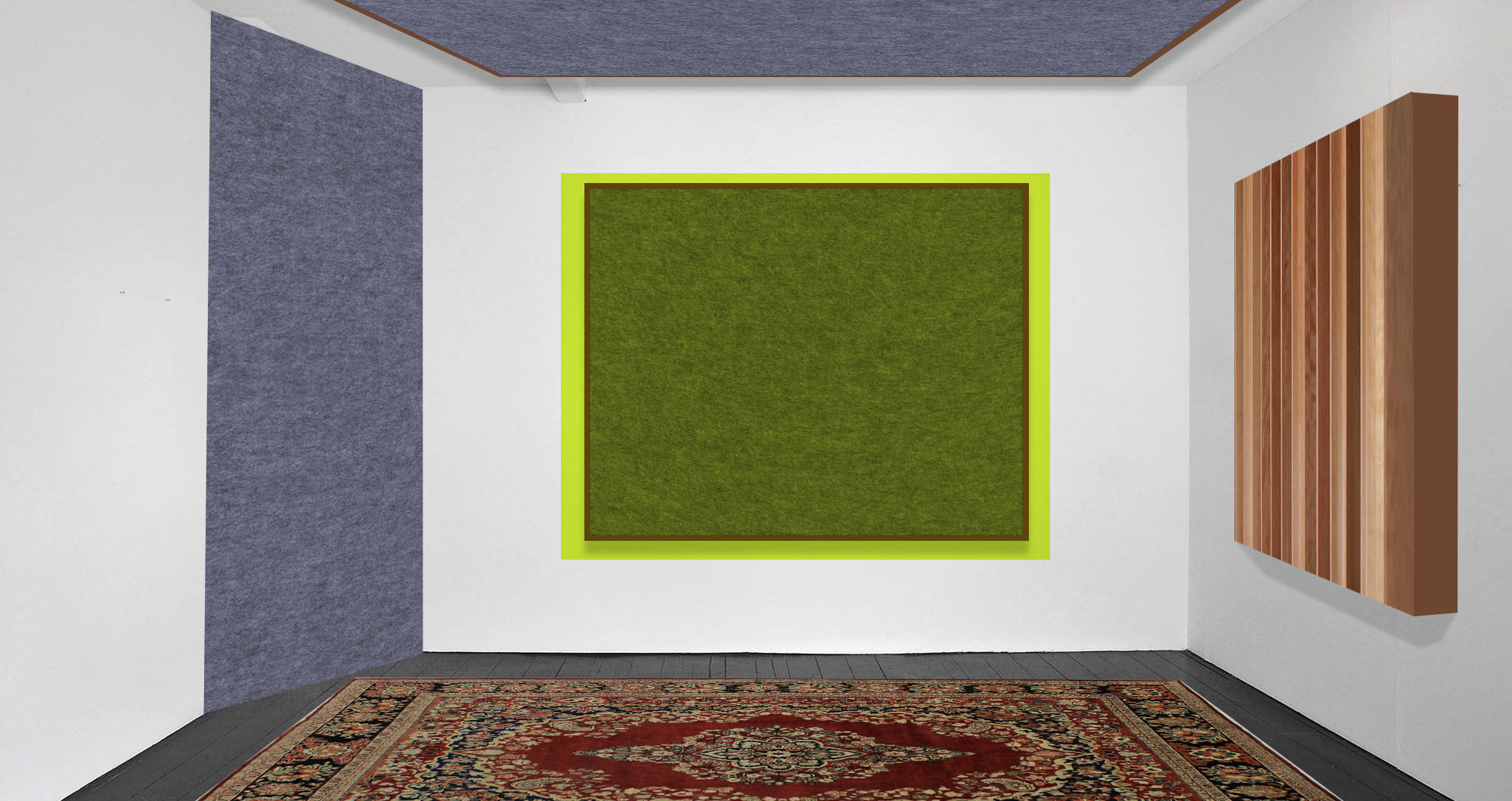
The next most problematic areas are the the first reflection points. This is a key area to use acoustic absorption panels.
These are the places where the initial reflections converge on the listening position with the most intensity.
Every room is different, but the first reflection points are typically located on walls to the immediate left and right of the listening position.
Acoustic panels are made of a rectangular frame filled with absorbent material and hung on walls.
🧠 Hot tip
What are diffusers?
Acoustic diffusers are a form of acoustic treatment that scatter reflections rather than absorbing them.
They’re an important part of comprehensive acoustic treatment. If you only use absorption, you’ll end up with a space that sounds unnaturally “dead.”
Diffusion allows you to control room reflections without eliminating them completely.
Diffusion allows you to control room reflections without eliminating them completely.
There are different diffusor styles that that each use a different strategy to reduce the negative effects of acoustic reflections.
Diffusion works best for tackling late reflections at points further back from the main listening position, but it’s still a key part of a complete acoustic treatment strategy.
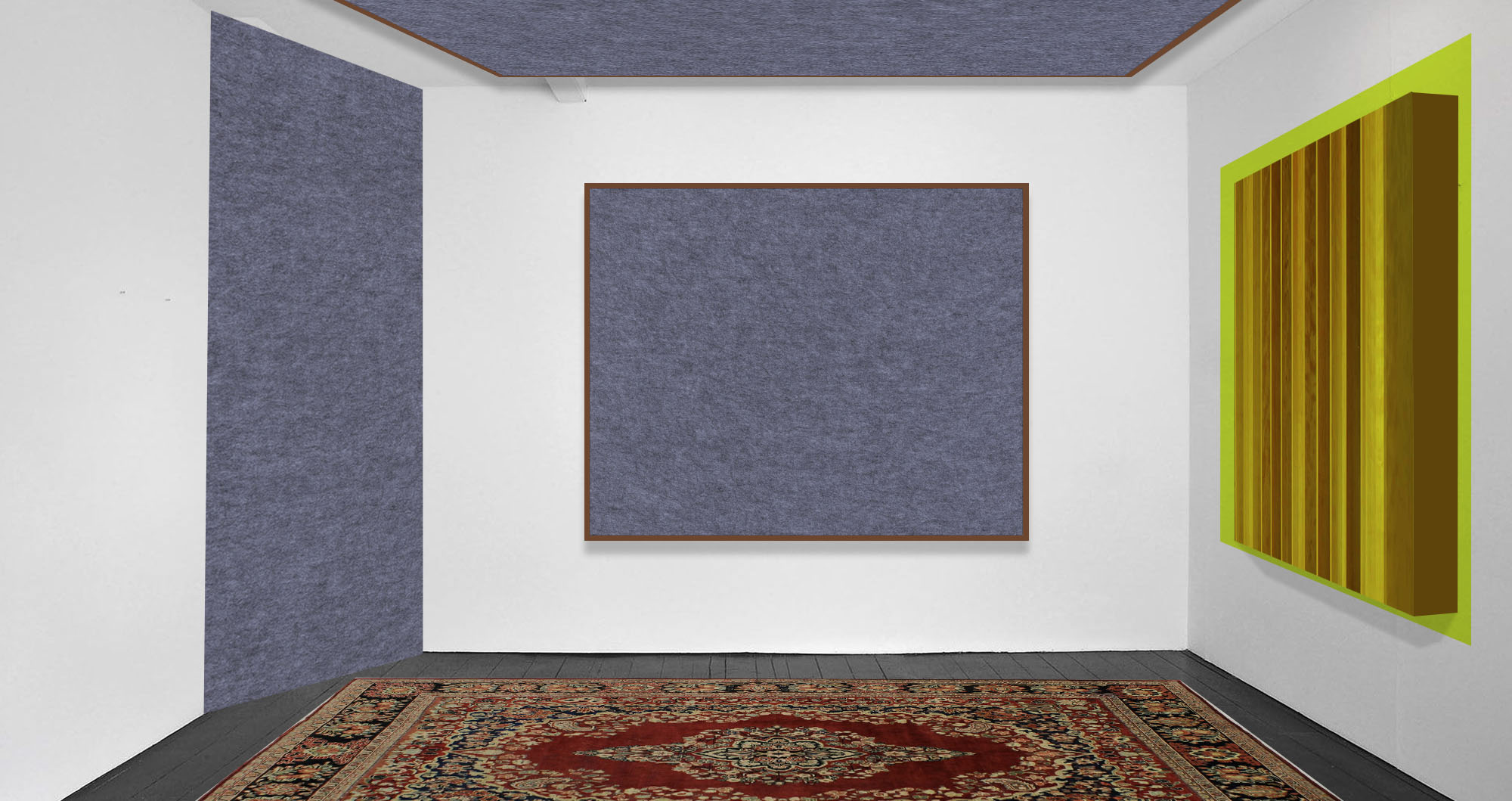
Royal treatment
Acoustic treatment is a commonly misunderstood component of a great studio setup.
There’s a lot to learn, but the basics are surprisingly simple—control reflections and stop important frequencies from cancelling each other out.
A combination of bass traps, broadband absorbers, and diffusers is an effective start to treating a room.
Use the information in this article to get started on your journey with acoustic treatment.
Gear guides, tips, tutorials, inspiration and more—delivered weekly.
Keep up with the LANDR Blog.




